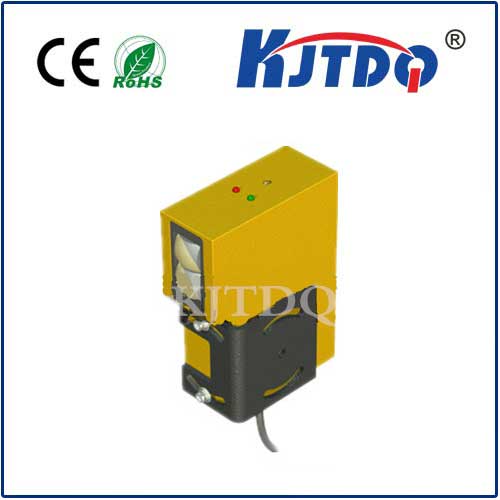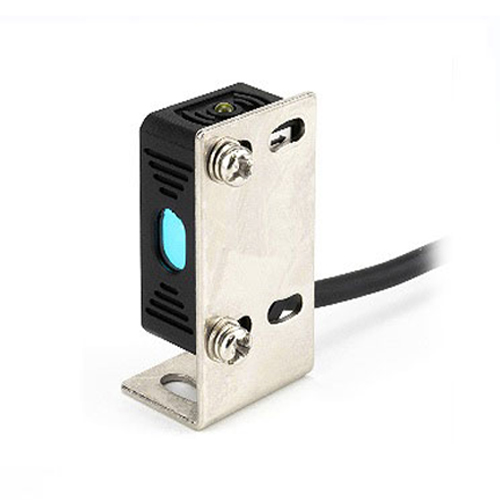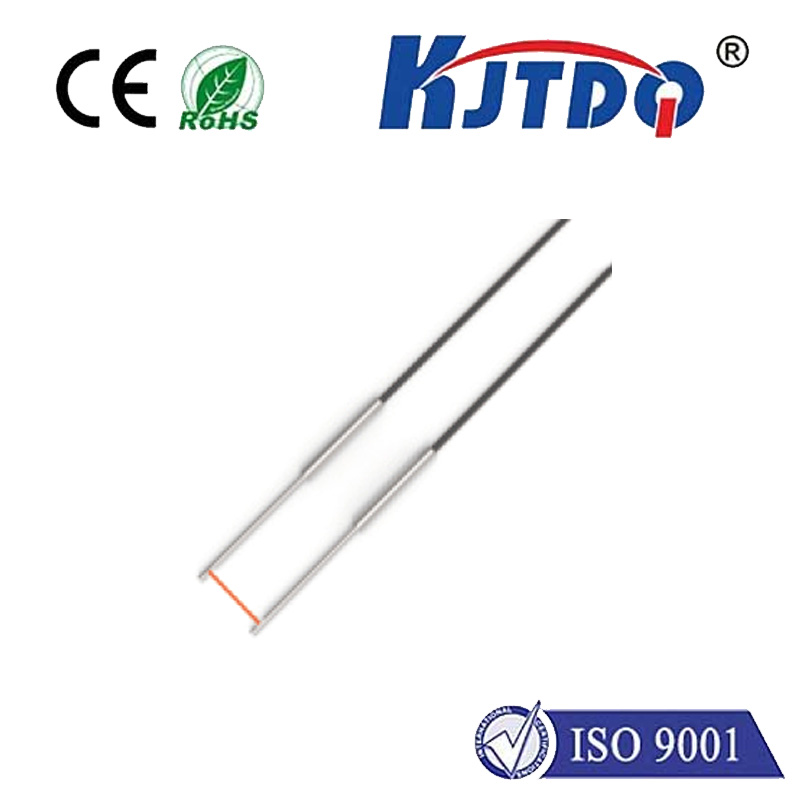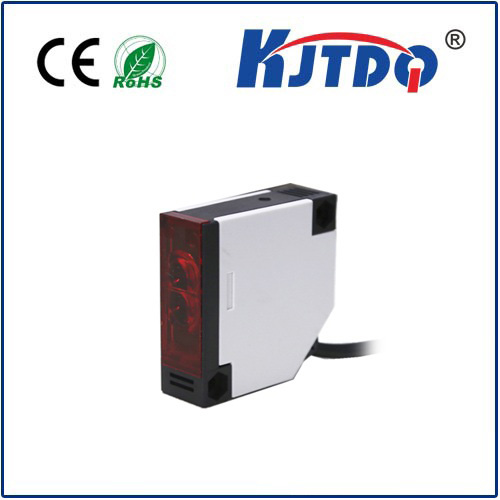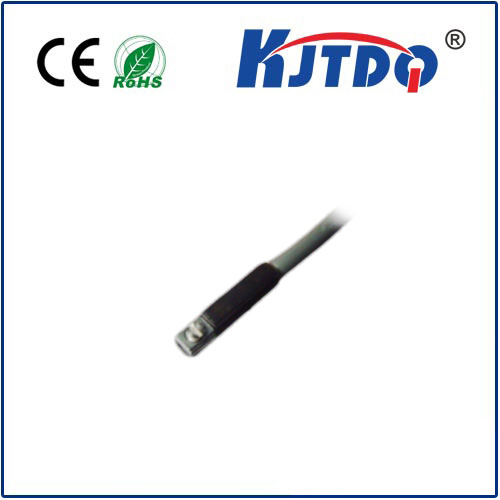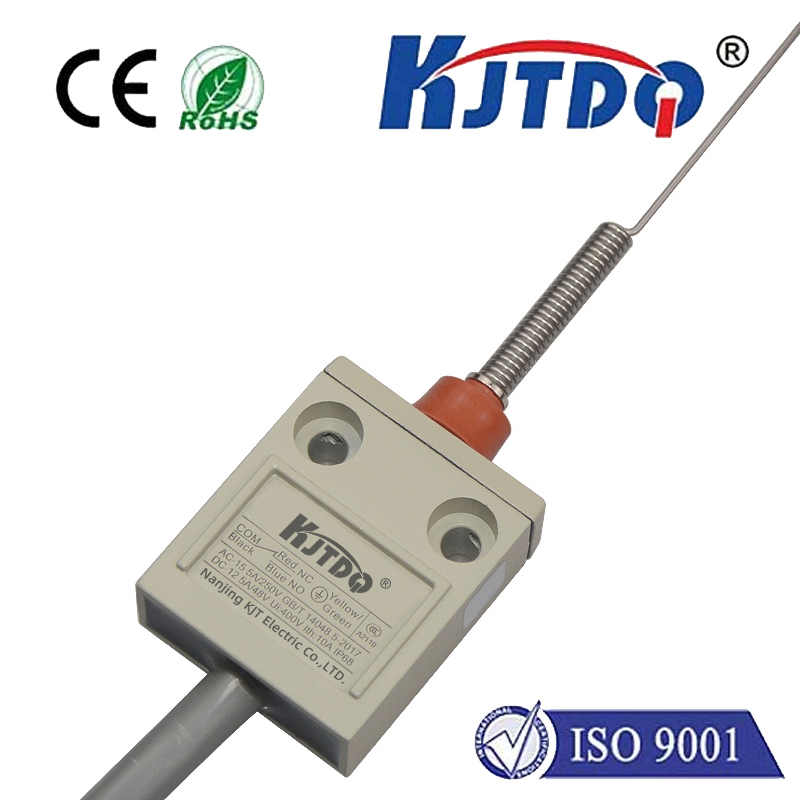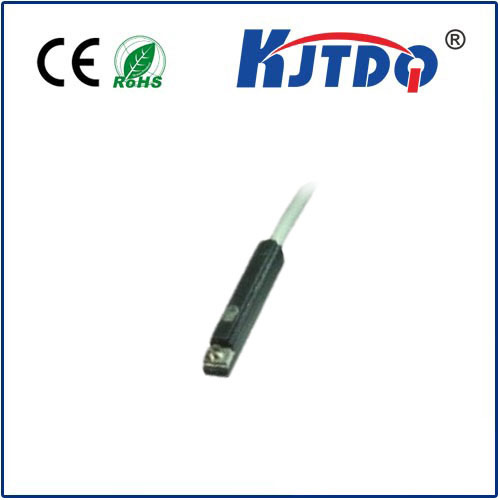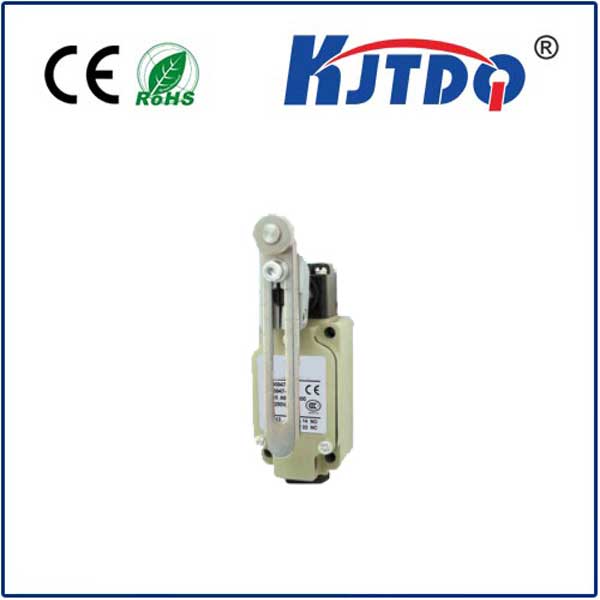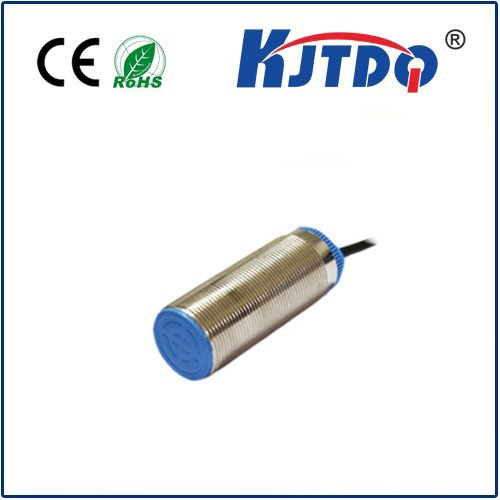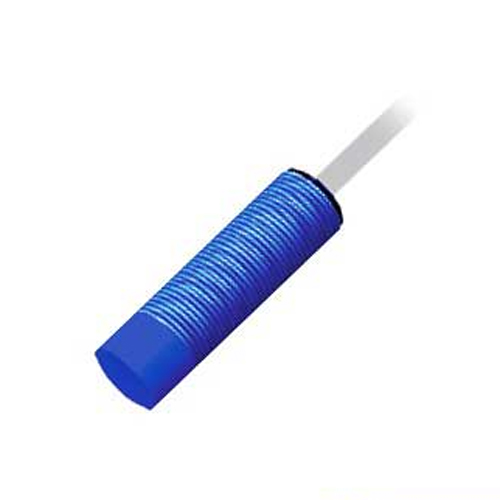

check

check

check

check
Imagine a critical hydraulic line bursting because a sensor failed to detect a component position under immense pressure. Or a high-pressure injection molding machine malfunctioning due to unreliable proximity feedback. In demanding industrial settings where fluids and gases operate at hundreds or even thousands of bar, standard sensors simply won’t survive. This is the precise challenge the BES020K High Pressure Proximity Sensor is engineered to conquer. Offering robust and reliable object detection where pressures would crush conventional sensors, the BES020K stands as a guardian of process integrity and safety in some of the toughest environments.
Why Pressure Resistance Matters in Proximity Sensing
Proximity sensors are the unsung heroes of automation, silently detecting the presence or absence of objects without physical contact. They enable precise positioning, prevent collisions, count parts, and ensure processes run smoothly. However, standard inductive proximity sensors, while highly effective in ambient conditions, are typically encased in materials like PBT (polybutylene terephthalate) or stainless steel designed for moderate pressures. When thrust into applications involving hydraulic systems, high-pressure pumps, valve blocks, die casting, submarine hydraulics, or oil and gas equipment, these standard housings can deform, crack, or allow media ingress under extreme pressure. The result? Catastrophic sensor failure, unplanned downtime, potential safety hazards, and costly repairs. Detection reliability must not be the weak link in high-pressure systems.
The BES020K: Engineered for the Extremes

The BES020K distinguishes itself by being explicitly designed and built to withstand extraordinarily high-pressure conditions. While specifications can vary slightly based on model and manufacturer (it’s always crucial to consult the exact datasheet), the defining feature of sensors designated like the BES020K is their exceptional pressure resistance rating, often reaching 350 bar (over 5000 psi) or higher. This capability isn’t an afterthought; it’s integral to the sensor’s design philosophy.
How the BES020K Delivers Reliable Detection
Typically operating on the inductive sensing principle, the BES020K generates a high-frequency electromagnetic field from its active face. When a metallic target (ferrous or non-ferrous, depending on sensor type) enters this field, it induces eddy currents within the target. These eddy currents cause a measurable change in the sensor’s internal oscillator circuit, triggering a solid-state output switch (PNP or NPN). This switch signal is then used by the control system (PLC) to confirm the target’s presence or position.
The critical advantage of the BES020K is that this reliable inductive sensing function operates flawlessly despite being submerged in or exposed to media under enormous pressure. Its robust construction ensures:
Key Applications Demanding the BES020K’s Strength
The BES020K high pressure proximity sensor finds its true calling in applications where pressure tolerance is non-negotiable:
Essential Specifications to Consider
When selecting a BES020K sensor, carefully review its specific datasheet for your application needs. Core specifications typically include:
| Key BES020K Specifications (Typical Values - Always Consult Datasheet) | |
|---|---|
| Core Feature | Typical Value |
| Pressure Resistance | 350 bar (approx. 5076 psi) or higher |
| Sensing Principle | Inductive |
| Target Material | Metal (Ferrous and often non-ferrous) |
| Sensing Distance (Sn) | 2 |
